Occasionally, the original doesn’t necessarily remain the pinnacle. Below, you’ll find 10 instances where a movie series improved as time went on.
Sequels have been an integral part of cinema since its early days, with the first known example being “The Fall of a Nation” (1916), a low-budget follow-up to the highly controversial and racist film “The Birth of a Nation” released a year earlier. Since then, Hollywood has been eager to capitalize on sequels and ongoing sagas. Even before the term “movie franchise” was coined, MGM produced a series of high-quality Thin Man films throughout the 1930s and ’40s, while Universal introduced us to characters like Dracula’s Daughter (1936) and Son of Frankenstein (1939). It’s intriguing to think why the studio never thought of bringing those two together.
However, sequels were often considered inferior until recently. By their very nature, sequels are derivative, and many filmmakers were content with embracing familiarity while filling their working hours. Perhaps the first sequel to truly legitimize the genre was “The Godfather, Part II” in 1974, yet even then, industry insiders couldn’t help but chuckle when Sylvester Stallone announced yet another chapter in the life of Rocky Balboa.
In the 21st century, this perspective seems outdated. Nine out of the top 10 highest-grossing movies last year were sequels (with the 10th being another Batman reboot), and many of them were warmly received by both critics and audiences alike. In fact, two of these sequels were even nominated for Best Picture at the Oscars. It turns out that sequels can possess artistic merit beyond being “more of the same.” In fact, quite a few have surpassed the achievements of their predecessors. Here are some notable examples.
Bride of Frankenstein (1935)
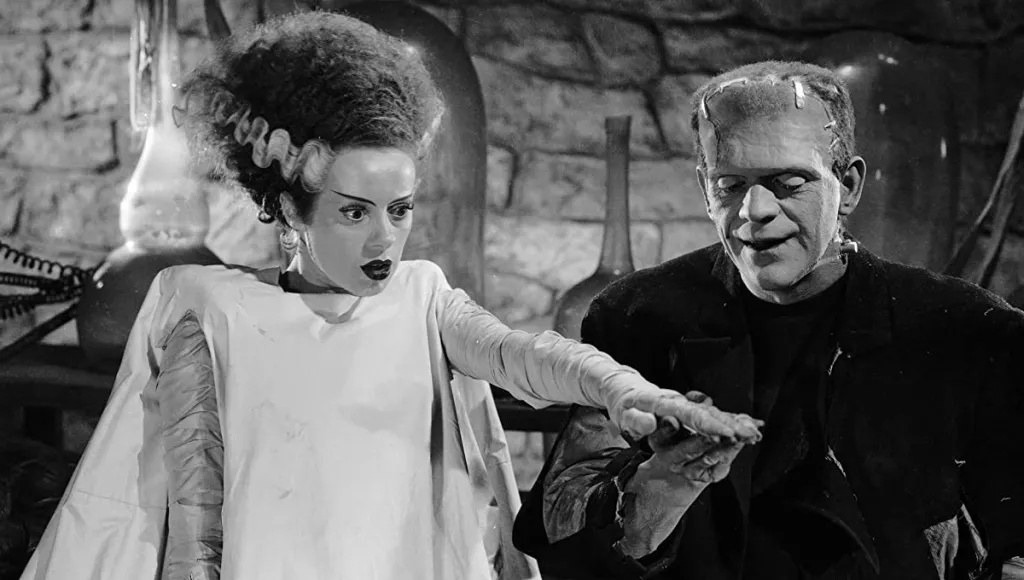
Director James Whale, along with makeup artist Jack Pierce and actor Boris Karloff, brought to life one of the most iconic monsters in cinematic history with “Frankenstein” (1931). Their impact was so profound that Whale initially hesitated to create a sequel, until Universal Pictures granted him complete creative freedom. Seizing this opportunity, he crafted a true auteur’s piece, while also venturing into the realm of horror-comedy.
“Bride of Frankenstein” strikes a perfect balance between campiness and chilling moments, possessing a wicked sensibility that flirts with blasphemy. Dr. Frankenstein (Colin Clive) and Dr. Pretorius (Ernest Thesiger) are a peculiar duo, desiring companionship without involving any women, except for the creation of a baby girl in the form of “the Bride” (Elsa Lanchester). She possesses the grace of a swan and a temperament that hisses with defiance. However, what truly elevates this film is Karloff’s Monster, who develops the soul of a poet. He finds the ability to express his profound loneliness while sharing a cigar with a blind man, only to be abandoned once more, deepening the tragic layers of his character.
From Russia with Love (1963)
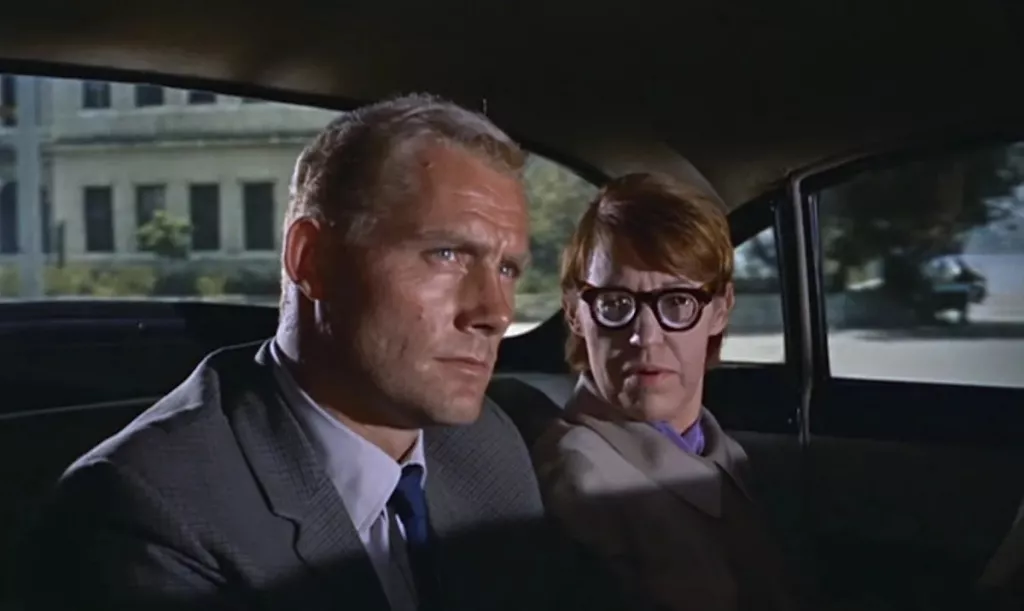
One could argue that the enduring James Bond film franchise is less a collection of sequels and more a repetition of Agent 007 embarking on similar adventures. However, even within this framework, it’s undeniable that movies like “From Russia with Love,” along with other Bond films such as “Goldfinger” the following year, surpass the quality of the original “Dr. No” (1962). While the first Bond film is undeniably a classic, introducing us to the elements we both love and despise about the character—his confidence, refinement, memorable lines, and the knack for encountering beautiful women on the beach in their two-piece swimsuits—it can also be a bit of a drag. The legendary moment of Bond’s introduction at the casino, uttering the iconic line, “The name’s Bond, James Bond,” is unforgettable. However, five minutes of him fighting a tarantula doesn’t quite match the excitement.
On the other hand, “From Russia with Love” emerges as a tense Cold War thriller where Bond engages in a battle of wits with a corrupt Russian agent portrayed by Robert Shaw, and unfortunately finds himself falling short. The series rarely reaches greater heights than when Bond kneels inside a cramped car aboard the Orient Express, with Shaw menacingly pointing a gun at his head.
The Good, the Bad and the Ugly (1966)
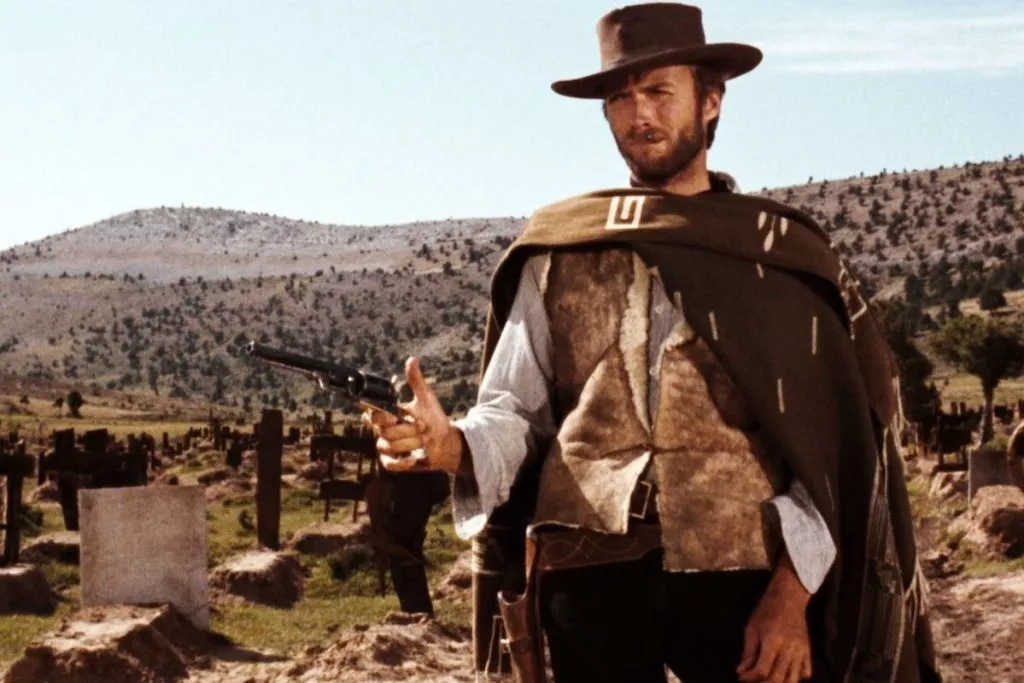
We must admit, this one is a bit of a stretch. Although many fans have speculated that Clint Eastwood’s “Man with No Name” archetype is the same character throughout Sergio Leone’s “Dollars Trilogy” films, there is no concrete evidence to support this claim. One could interpret these movies as separate narratives featuring slightly different desperados, each sharing a fondness for cigars and ponchos. Nevertheless, the titles “A Fistful of Dollars” (1964) and “For a Few Dollars More” (1965) strongly suggest a continuity of spirit and possibly even character in Eastwood’s taciturn gunslinger, who adopts different nicknames for each adventure.
If we follow this line of thinking, “The Good, the Bad and the Ugly” becomes his greatest escapade. While the newly christened Blondie (played by Eastwood) is more chaotic neutral than purely “good,” he remains an immensely charismatic figure in this thrilling race for buried treasure. The other two contenders, the reptilian Angel Eyes (Lee Van Cleef) and the pitiful bandit Tuco (Eli Wallach), create a dynamic chase that allows Leone to expand his storytelling canvas to encompass the vast Western frontier during the American Civil War. This film delves into themes of greed, resilience, and the senselessness of war, presenting a masterful epic that culminates in one of the most iconic showdowns in cinematic history.
The Empire Strikes Back (1980)
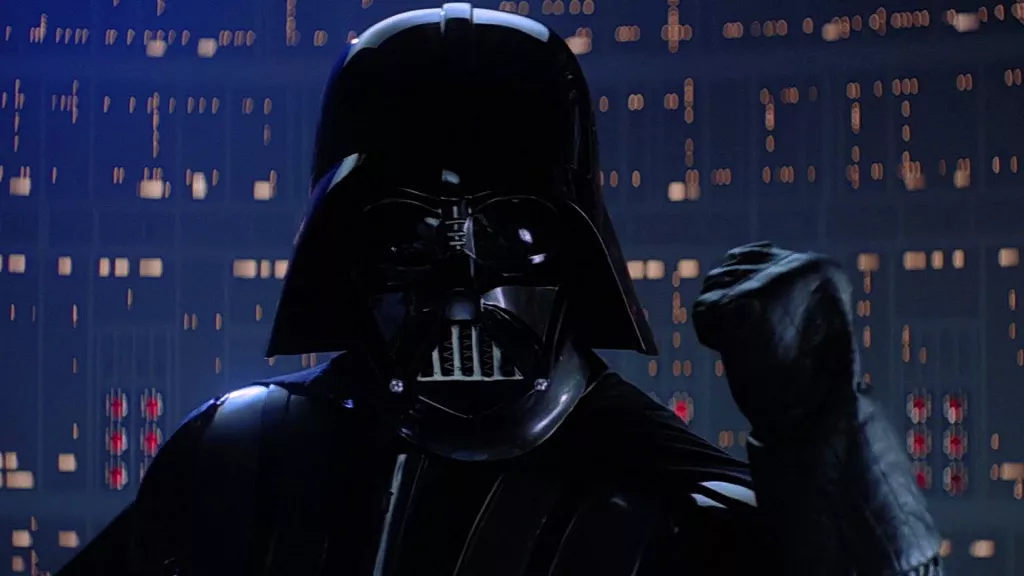
In 1977, George Lucas created one of the most pivotal movies of all time with his work on “Star Wars.” However, the greatest film within the expansive galaxy far, far away was realized when Lucas decided to focus on his innovations while entrusting the writing to Leigh Brackett and Lawrence Kasdan, and the direction to Irvin Kershner. While “Star Wars” was a fast-paced, archetypal adventure drenched in starlight, “The Empire Strikes Back” emerged as a more mature, contemplative, and character-driven fantasy that thrived in the shadows where light couldn’t penetrate.
The performances of the three main actors became sharper and more assured, with Harrison Ford and Carrie Fisher, in particular, exuding an irresistible romantic charm that gave birth to a timeless line of cinematic dialogue (“I know”). Additionally, Darth Vader (voiced by James Earl Jones) delivers one of the most memorable lines in cinema history when he reveals to Mark Hamill, “No, I am your father.” The impact of this emotional blow is heightened by the preceding sequences of mythic grandeur—floating cities in the clouds, colossal tanks obliterating frozen tundras, and a diminutive green creature possessing god-like powers. All of these elements combined to make “The Empire Strikes Back” the most enriching and gratifying installment in the Star Wars saga.
Star Trek II: The Wrath of Khan (1982)
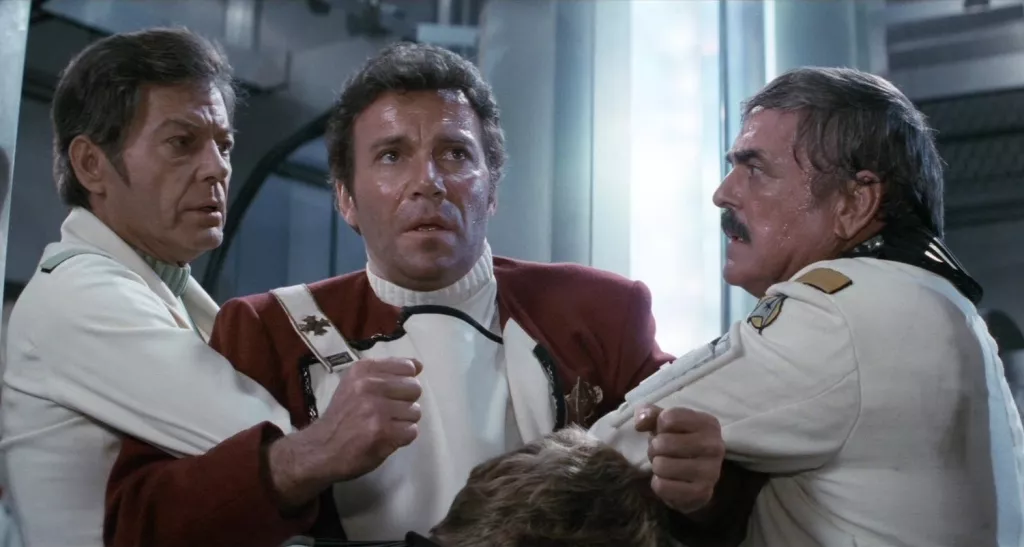
While there are certainly fans of “Star Trek: The Motion Picture” (1979), we find ourselves among those who prefer its immediate successor, directed by Nicholas Meyer. While the first film possesses a certain charm with its optimistic and idyllic vision of the future, it lacks significant dramatic conflict or catharsis. It often feels like a picture content with envisioning William Shatner in a form-fitting leotard. On the other hand, “Wrath of Khan” embraces the complexities of human nature without holding back. It acknowledges that even in a utopian society like Starfleet, petty motivations such as revenge and spite can jeopardize the very essence of paradise.
In this film, Captain Kirk’s (William Shatner) old nemesis, Khan (Ricardo Montalban), resurfaces to exact a terrible vengeance on Kirk and the Starship Enterprise, just as Starfleet attempts to construct a utopia where Kirk can relish his youth. “Wrath of Khan” introduces the greatest villain in Star Trek lore and showcases the most poignant moment in the friendship between Kirk and Mr. Spock (Leonard Nimoy). It is a story that reminds us to “live long and prosper” while delving into the depths of human emotion.
Terminator 2: Judgment Day (1991)
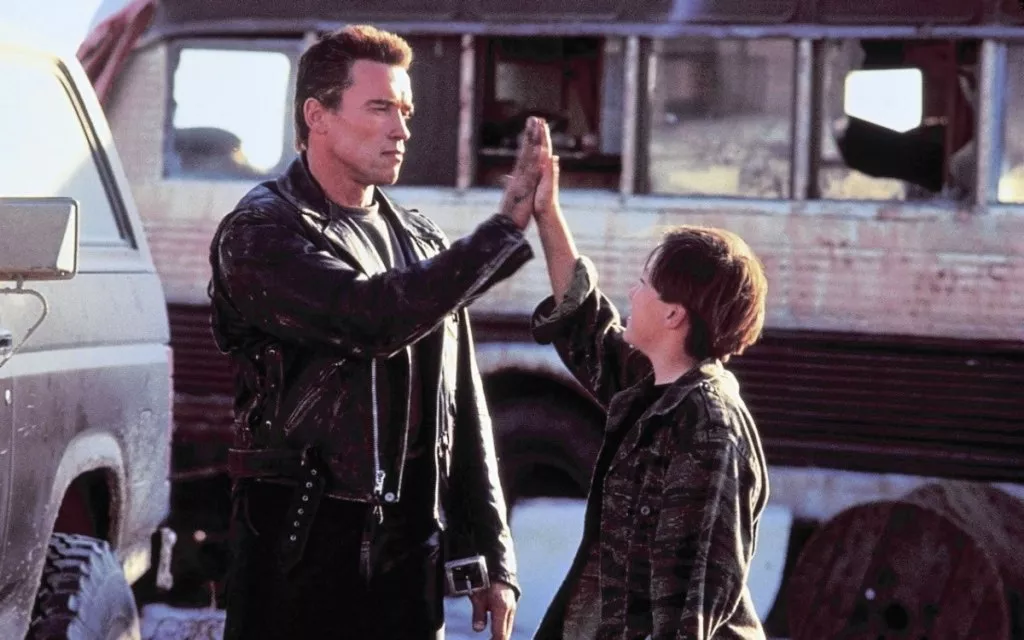
James Cameron has an undeniable talent for crafting compelling sequels. While we still hold a preference for the eerie naturalism of Ridley Scott’s “Alien” (1979), where a crew falls victim to a monster under the manipulation of a ruthless company, Cameron’s action-packed successor, “Aliens,” remains an immensely entertaining spectacle. However, Cameron outdid himself by surpassing his own breakout hit, “The Terminator” (1984), with the groundbreaking blockbuster that became a touchstone of ’90s cinema. “Terminator 2: Judgment Day” is a grander, louder, and more technologically advanced chase movie that builds upon the foundation laid by its predecessor—and improves upon it.
Part of its success can be attributed to Cameron’s role in pioneering CGI effects that were thrilling rather than numbing at the time. Additionally, the film introduces the novel concept of transforming the previous installment’s villain, portrayed by Arnold Schwarzenegger as the titular Terminator, into the hero of the sequel. He has been reprogrammed to fight for the side of good, but he is also outdated and obsolete when faced with the liquid-metal advancements embodied by the T-1000 (Robert Patrick).
Even more impressive is the development of Sarah Connor (Linda Hamilton) as a character who evolves beyond the damsel-in-distress role. Sarah is now just as fierce and determined as the Terminator himself in her mission to protect her son, John Connor (Edward Furlong). Her one vulnerability lies in accepting that her son lacks her fear of technology as he forms a paternal bond with Arnold’s robotic guardian.
Spider-Man 2 (2004)
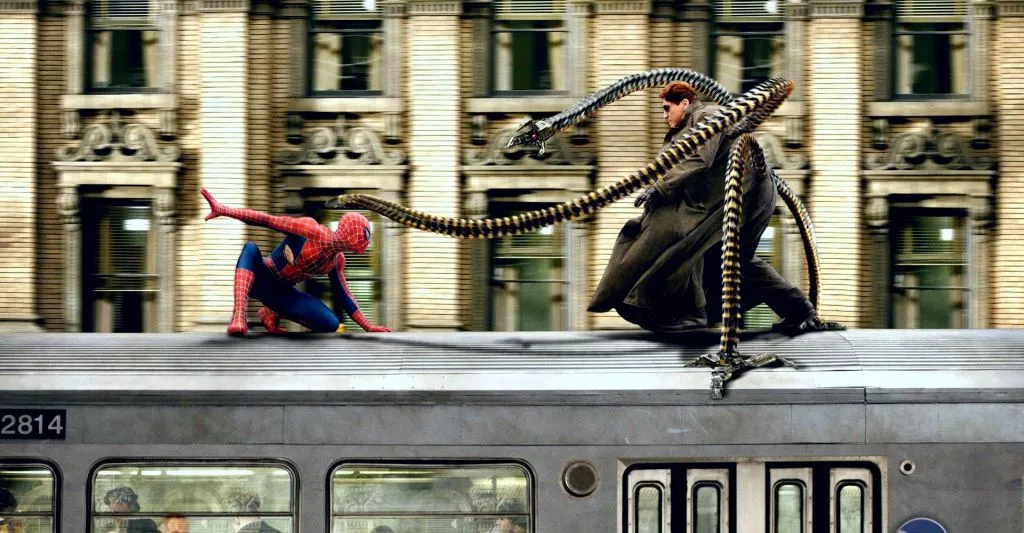
Sam Raimi’s initial venture into the realm of superhero cinema proved that audiences could wholeheartedly embrace a faithful and vibrant adaptation of the Spider-Man comics. However, it was the sequel that allowed Raimi the freedom to create a definitive cinematic rendition of the web-slinger. “Spider-Man 2” exhibits a more measured pace and a heightened confidence, seamlessly weaving together all the essential aspects of Peter Parker’s character for the silver screen: his burdens, noble purpose, and the frustrations that arise when his life as a superhero intrudes upon his personal relationships.
The film also doubles as a charming romantic comedy set against the backdrop of New York City. It possesses a timeless effervescence as Peter (Tobey Maguire) longs for Mary Jane (Kirsten Dunst), unable to win her heart while simultaneously navigating an eccentric cast of characters in his work and home life. Additionally, sporadic but visually exhilarating battles erupt where he must face off against Doctor Octopus (Alfred Molina), suspended a hundred stories above the bustling streets of Manhattan.
It is a true embodiment of the classic Spider-Man experience.
The Dark Knight (2008)
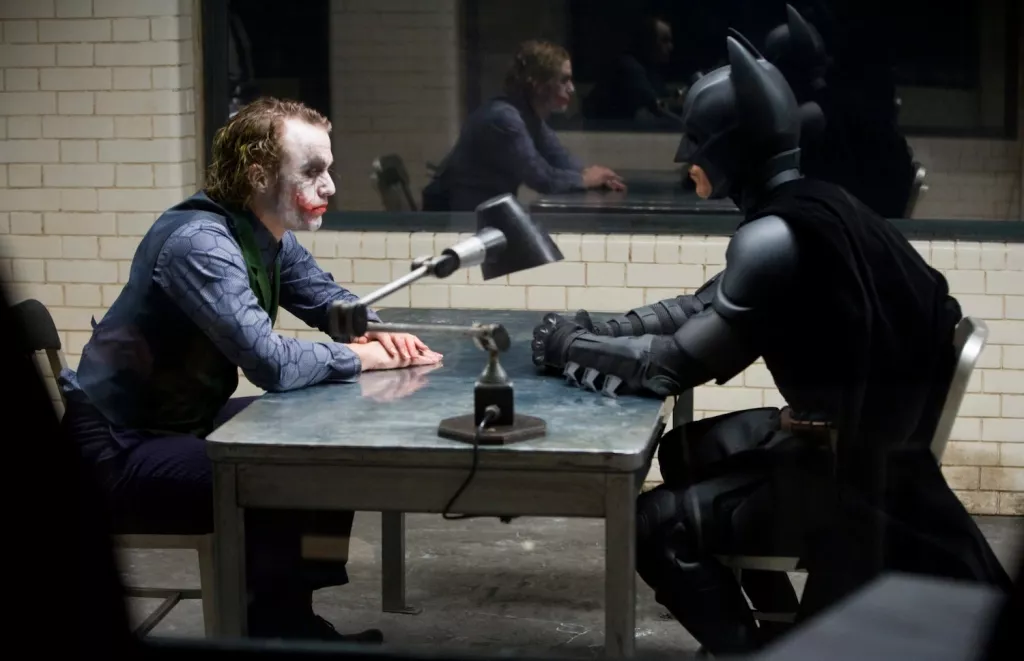
Following the pattern of superhero movie directors refining their artistic vision with their second outing, Christopher Nolan achieved something extraordinary with “The Dark Knight.” Through “Batman Begins” (2005), Nolan had already demonstrated that audiences were willing to take the Caped Crusader seriously if he surrounded him with A-list actors and grounded the narrative in a mature and somewhat realistic world. However, that film adhered to the classic superhero origin story formula established by Richard Donner in 1978.
“The Dark Knight” transcended all of that, discarding genre expectations to deliver one of the finest American crime films. The conflict between Batman (Christian Bale) and the Joker (an unforgettable performance by Heath Ledger) goes beyond the conventional notions of heroes and villains; instead, it explores the struggles faced by law enforcement in the aftermath of the Post-9/11 era, tackling themes of order versus societal collapse. While it still possesses the elements of a thrilling summer blockbuster, featuring some of the most exceptional action sequences of the past two decades, at its core, “The Dark Knight” carries a conviction that audiences need to confront the darkest aspects of humanity, even if they must wear a Bat-mask to do so.
Mission: Impossible – Rogue Nation (2015) and Fallout (2018)
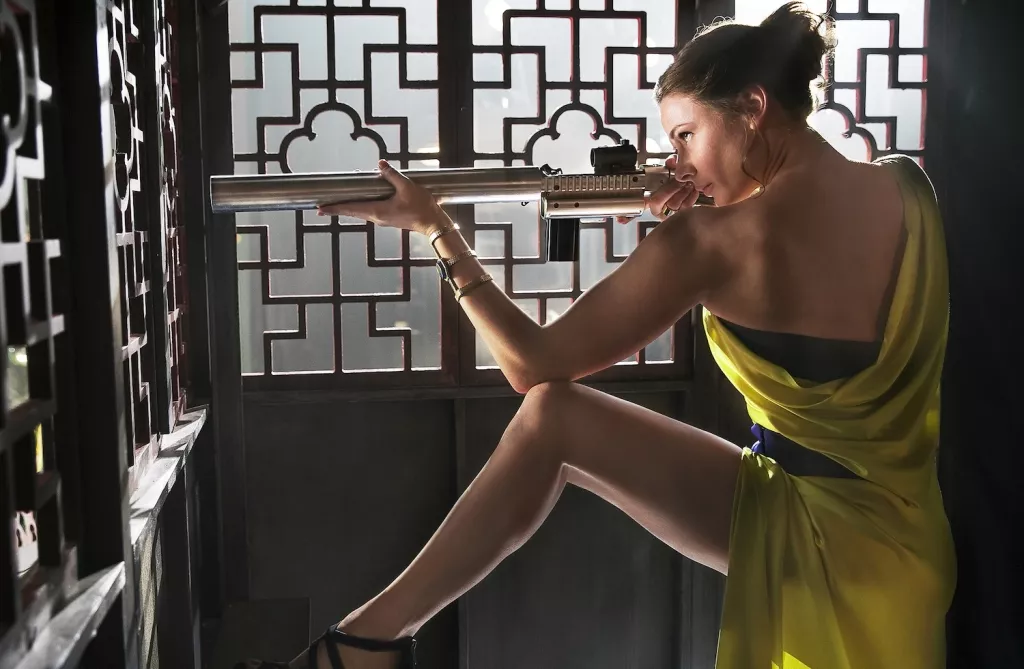
By now, the Mission: Impossible franchise is renowned for its eccentric nature, with each installment offering a distinct interpretation of the super spy archetype portrayed by Tom Cruise and the world he navigates. For the longest time, our favorite remained the post-Cold War paranoia and subtly psychological perversity that Brian De Palma introduced in the original 1996 film. However, our perspective shifted, including perhaps Tom Cruise’s own, when writer-director Christopher McQuarrie took the helm in Mission: Impossible – Rogue Nation.
This fifth installment marked the beginning of an exceptional quartet of M:I films crafted by McQuarrie, who has rightfully earned repeated invitations to return. He brought back some of the old-school glamour and sophistication inspired by Hitchcock, which were notable elements in the ’96 movie. At the same time, he intensified the action and stunt insanity that had been established in Brad Bird’s more animated Ghost Protocol (2011), including that iconic scene of Cruise scaling the tallest building as if he were Spider-Man. In Rogue Nation, Cruise hangs precariously from a plane during takeoff, literally strapped to the exterior, and races a motorcycle at mind-boggling speeds through the Moroccan deserts.
Yet, McQuarrie has also excelled in infusing the dialogue with witty and intricate intelligence, transforming archetypes into flesh-and-blood human beings. He even allows Cruise’s Ethan Hunt to encounter his match in the form of Ilsa Faust (the scene-stealing Rebecca Ferguson, who has been asked back for every subsequent film). This accomplishment was truly impressive, and they managed to raise the bar even higher with Fallout, a visually stunning action film that stands as one of the most remarkable of this century.
Top Gun: Maverick (2022)
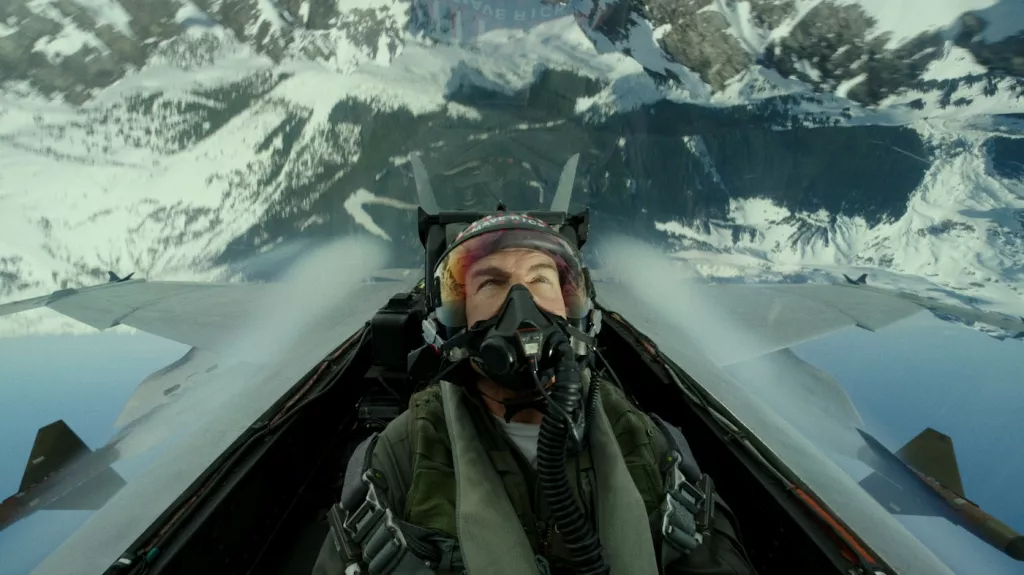
Let’s be honest. The original Top Gun from 1986 isn’t a particularly good movie. Once you move past the nostalgic ’80s imagery, stylish visuals, and fantastic music, its flaws become apparent. So when we say that the long-awaited sequel, Top Gun: Maverick, is better, it’s actually an understatement. Maverick not only surpasses its predecessor, but it also taps into our collective love for ’80s nostalgia and transforms it into one of the most gratifying summer blockbusters, while also serving as a metaphor for Tom Cruise’s entire career.
In ’86, Cruise portrayed the young and cocky hotshot who believed he was invincible. Now, thirty-six years later, he’s approaching 60 and still standing strong (to borrow a metaphor from another Cruise film), continuing to excel in what he’s been doing since he was a young man, but doing it even better. And it’s not just better than his past performances; it’s superior to what any other so-called movie star can achieve at half his age. Cruise truly takes those IMAX cameras up into the vast blue sky, experiencing the G-Force neighborhood of 4Gs on film. It’s a mesmerizing sight, and in a movie where his onscreen persona refuses to retire, evolve into a “statesman” role, or simply fade away, there’s a strange sense of nostalgia mixed with longing. So keep soaring, Maverick!
